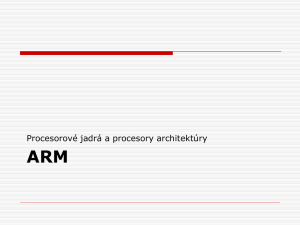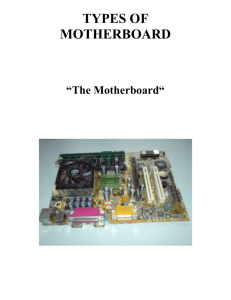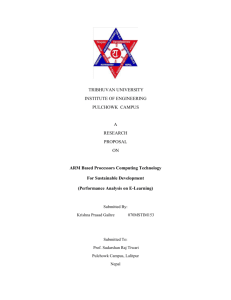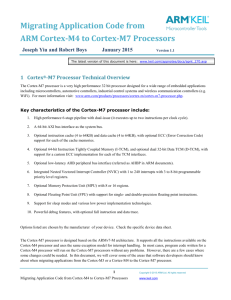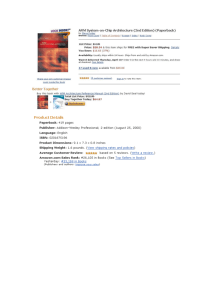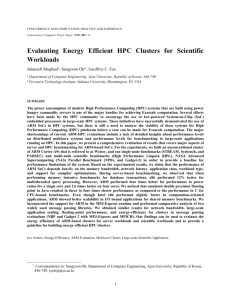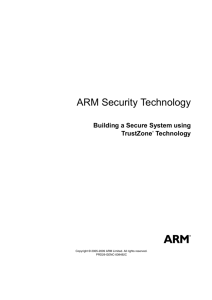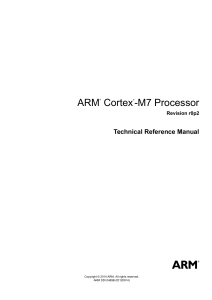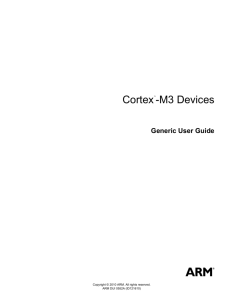ARM is 25 years old (and there`s plenty more to come) It`s 25 years
advertisement
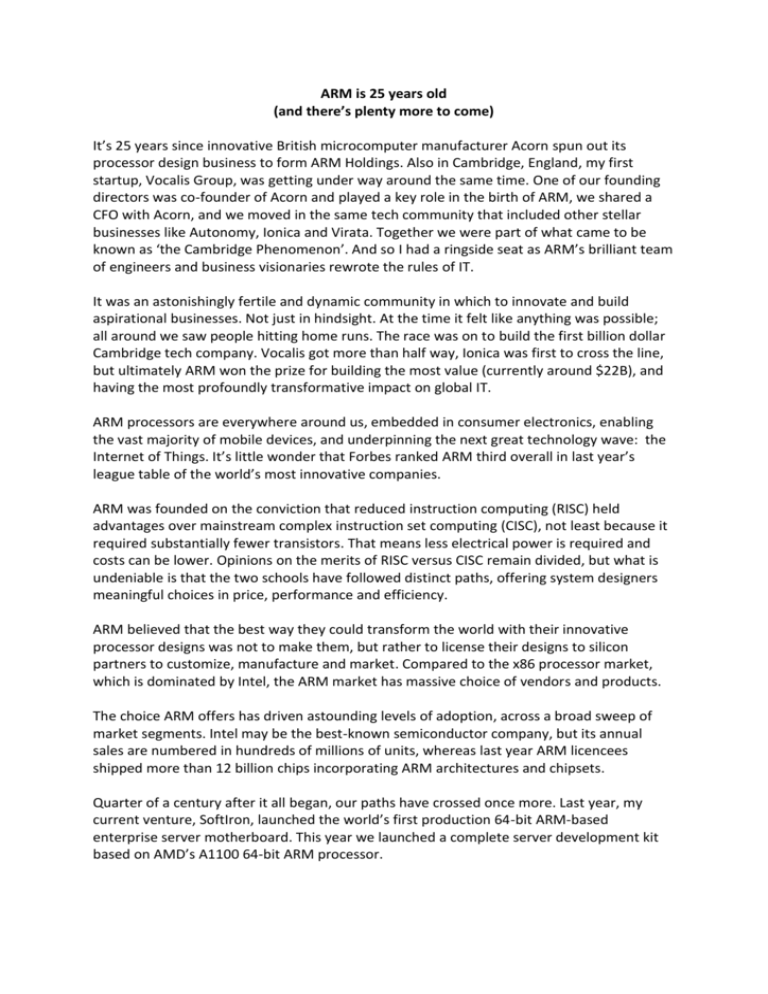
ARM is 25 years old (and there’s plenty more to come) It’s 25 years since innovative British microcomputer manufacturer Acorn spun out its processor design business to form ARM Holdings. Also in Cambridge, England, my first startup, Vocalis Group, was getting under way around the same time. One of our founding directors was co-founder of Acorn and played a key role in the birth of ARM, we shared a CFO with Acorn, and we moved in the same tech community that included other stellar businesses like Autonomy, Ionica and Virata. Together we were part of what came to be known as ‘the Cambridge Phenomenon’. And so I had a ringside seat as ARM’s brilliant team of engineers and business visionaries rewrote the rules of IT. It was an astonishingly fertile and dynamic community in which to innovate and build aspirational businesses. Not just in hindsight. At the time it felt like anything was possible; all around we saw people hitting home runs. The race was on to build the first billion dollar Cambridge tech company. Vocalis got more than half way, Ionica was first to cross the line, but ultimately ARM won the prize for building the most value (currently around $22B), and having the most profoundly transformative impact on global IT. ARM processors are everywhere around us, embedded in consumer electronics, enabling the vast majority of mobile devices, and underpinning the next great technology wave: the Internet of Things. It’s little wonder that Forbes ranked ARM third overall in last year’s league table of the world’s most innovative companies. ARM was founded on the conviction that reduced instruction computing (RISC) held advantages over mainstream complex instruction set computing (CISC), not least because it required substantially fewer transistors. That means less electrical power is required and costs can be lower. Opinions on the merits of RISC versus CISC remain divided, but what is undeniable is that the two schools have followed distinct paths, offering system designers meaningful choices in price, performance and efficiency. ARM believed that the best way they could transform the world with their innovative processor designs was not to make them, but rather to license their designs to silicon partners to customize, manufacture and market. Compared to the x86 processor market, which is dominated by Intel, the ARM market has massive choice of vendors and products. The choice ARM offers has driven astounding levels of adoption, across a broad sweep of market segments. Intel may be the best-known semiconductor company, but its annual sales are numbered in hundreds of millions of units, whereas last year ARM licencees shipped more than 12 billion chips incorporating ARM architectures and chipsets. Quarter of a century after it all began, our paths have crossed once more. Last year, my current venture, SoftIron, launched the world’s first production 64-bit ARM-based enterprise server motherboard. This year we launched a complete server development kit based on AMD’s A1100 64-bit ARM processor. Some people think we’re crazy to imagine we can take on the might of Intel and disrupt the $50B server market from an alternative technology base. But we beg to differ. Everywhere we turn, bulk buyers of servers tell us they’re fed up of paying monopoly prices. They want choice. They want technology risk mitigation - a mixed economy of enterprise server platforms. And they’ve come to recognized what I was privileged to witness from the start: ARM is not a novelty act. Its success is built on solid engineering goodness, that delivers genuine business benefits. That’s why it has taken on market after market and emerged as leader. Now it’s the turn of the server market, and while doubters may scoff, everything I know about our friends from Cambridge tells me that we’re in for an interesting few years ahead. The disruption is about to begin! Norman Fraser PhD is Co-founder and CEO of SoftIron, a leader in ARM-based enterprise computing products, with bases in England and Silicon Valley.



